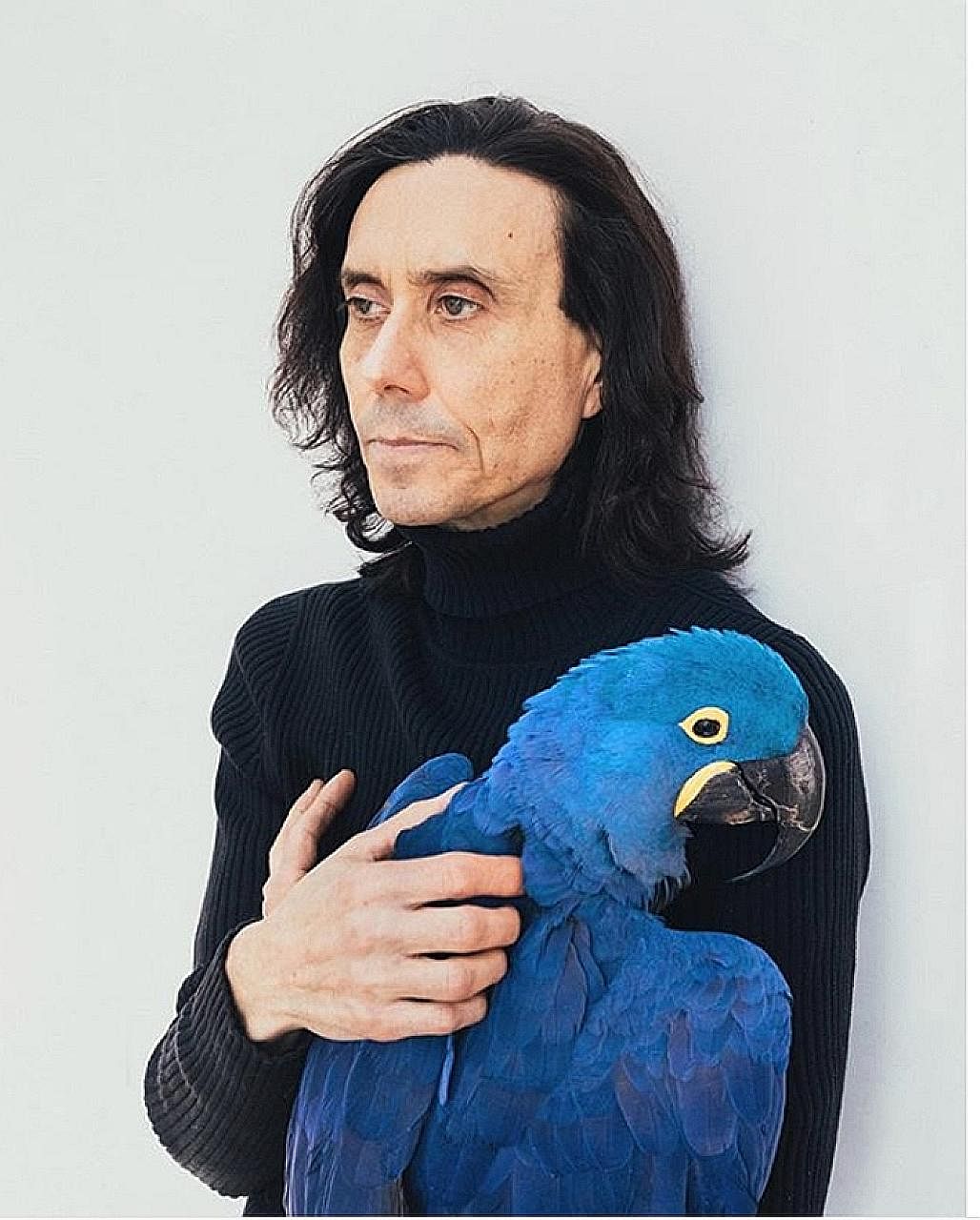NEW YORK • Ask people why they choose the bird and, more often than not, they will parrot another keeper's words - that they want a companion of exotic beauty, gaiety and intellect.
But parrots can also be noisy, needy, destructive and temperamental.
"For some reason, I thought a bird was going to be simple," said Mr Marty Sokoloff, who owns two parrots with his wife Suzie Marchlen.
"Boy, was I mistaken."
Many people interested in parrots do not realise - until they have become owners - that the birds cry for attention and throw tantrums like a toddler.
Not to mention, they can live upwards of 50 years.

But people continue to flock to shops to buy them.
In 2011, Best Friends Animal Society, a rescue organisation, estimated that the number of owned parrots in the United States had jumped from 11.6 million in 1990 to 60 million in 2010.
It could increase to as many as 100 million by 2020.
"They keep pumping them out," said Ms Jacqueline Johnson who manages a parrot garden at the Best Friends animal sanctuary in Utah, referring to the breeders. It averages 60 bird adoptions a year, a 10-fold increase over the past eight years.
Owners often surrender because of the emotional toll that parrot maintenance can take.
"The sheer amount of responsibility can wear on you," she added.
But one does not have to get into a flap over this. Ask Mr Glenn Sorino, 60, who has been assuaging owner frustrations, coaching, grooming and evaluating behavioural issues in birds for the past 20 years.
As a boy, he read books about birds and, later, worked at bird stores.
Over the years, his expertise has spread through word-of-mouth.
"Living with a parrot is very challenging," Mr Sorino said of the non-featherweight duty.
"Every day is a different antic."
Ms Anne Pollack, for instance, was recently at her wit's end when Mahmah, her African grey parrot, began shrieking for unknown reasons, despite the fact that it has a vocabulary of 100 words, including several expletives.
Her bird sitter advised she try Mr Sorino. He suggested retraining and the screaming soon subsided.
"There was a code that needed to be unlocked and he gave me the keys," Ms Pollack said.
On another recent Sunday, Mr Sorino checked on Goose, Mr Sokoloff's 25-year-old parrot.
Months earlier, it had fallen from its perch and became so anxious that it severely pecked its backside and developed an open wound.
Mr Sorino took a seat at the kitchen table, where Goose, wrapped in a towel, had been tenderly transported and placed under a lamp.
He kissed Goose and tried to prise open its candy corn beak. The bird squawked four times, beat its wings and refused to cooperate.
Mr Sokoloff tried next and Goose bit his finger.
Finally, Mr Sorino succeeded in opening the beak.
"Lower beak growing askew and splitting down the middle," he concluded.
Thanks to his advice (a frantic phone call was made to him after Goose's fall) and 15 treatments in a hyperbaric oxygen chamber, Goose's plumage has mostly filled in, save for a few bald patches.
The progress is a relief for his owners, who worried that it might not ever look like a bird again.
"We consult Glenn with everything," Ms Marchlen said. "He can take the most difficult situation with a parrot and make it seem natural, like breathing."
But then again, Mr Sorino is truly a rare bird.
NYTIMES
